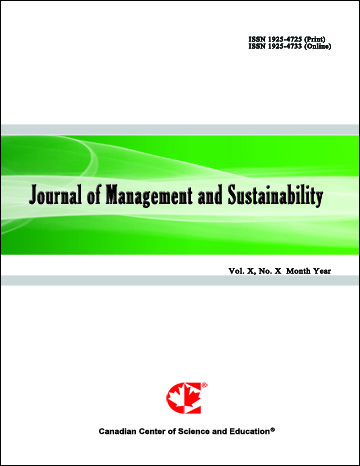Properties of Wood-Plastic Composite Manufactured with High Ratio of Pine Wood Flour
- Rossana Cortelini da Rosa
- Paula Georg Dornelles
- Annie Karoline de Lima Calvalcante
- Karoline Sales de Oliveira
- Thiago Doca
- Claudio Henrique Soares Del Menezzi
Abstract
The wood supply chain generates significant amounts of residues, which can be repurposed as reinforcement in wood-plastic composites (WPCs). Despite their potential, few studies have investigated the use of recycled wood in WPC production. This study aims to evaluate the effects of incorporating high loads of recycled pine wood flour on the properties of WPCs. Composites were produced with three different wood flour-to-polypropylene ratios (25/75, 50/50, and 60/40), and their hardness, water absorption, density, and density profile were analyzed. Dynamic mechanical analysis (DMA) was conducted to assess the viscoelastic response under dynamic loading. Results revealed a positive correlation between the wood flour content and water absorption. After two hours of water immersion, the WPC with the highest wood content (60%) showed the greatest water absorption rate (1.38%), compared to 0.99% for WPC-50 and 0.55% for WPC-25. Similar trends were observed after 24 hours of immersion. Density measurements indicated significant differences between composites, with WPC-60 exhibiting the highest average density (1,137 kg/m³), followed by WPC-50 (1,093k g/m³) and WPC-25 (976 kg/m³). This represents a 16.50% density increase when comparing WPC-60 to WPC-25. The density profile revealed no significant variations along the composite length, suggesting effective homogenization of wood flour within the polypropylene matrix. DMA results demonstrated that all WPCs had higher storage moduli than pure polypropylene, highlighting the stiffening effect of the lignocellulosic material. Among the tested compositions, the 50/50 ratio provided an optimal balance of hardness and rheological properties. The production of composites with a high wood flour load shows a promising approach for industry, promoting environmental sustainability and enabling the development of materials with improved properties. However, the limit for the use of pine waste was identified at 50% in relation to the polypropylene polymeric matrix, a proportion that presented the best results in terms of hardness and rheological properties.
- Full Text:
 PDF
PDF
- DOI:10.5539/jms.v15n1p140
Journal Metrics
Google-based Impact Factor (2021): 1.54
h-index (July 2022): 37
i10-index (July 2022): 147
h5-index (2017-2021): 12
h5-median (2017-2021): 19
Index
- Academic Journals Database
- ANVUR (Italian National Agency for the Evaluation of Universities and Research Institutes)
- CAB Abstracts
- CNKI Scholar
- EconBiz
- Excellence in Research for Australia (ERA)
- GETIT@YALE (Yale University Library)
- Harvard Library
- HeinOnline
- Infotrieve
- JournalTOCs
- LOCKSS
- MIAR
- PKP Open Archives Harvester
- RePEc
- Scilit
- SHERPA/RoMEO
- Stanford Libraries
- UCR Library
Contact
- Evelyn XiaoEditorial Assistant
- jms@ccsenet.org
